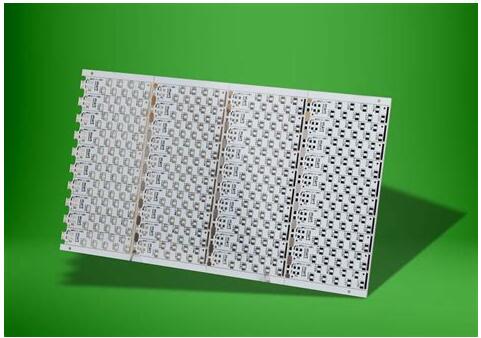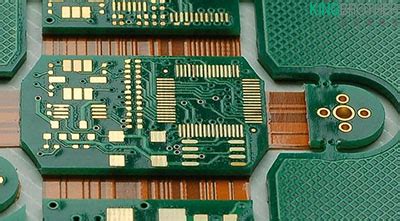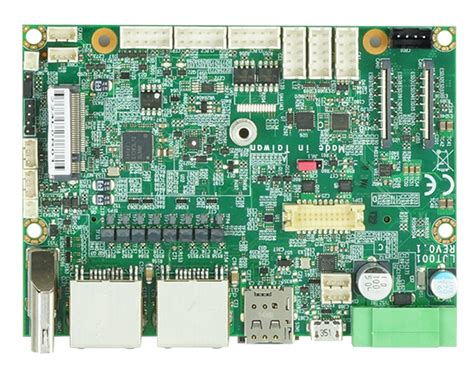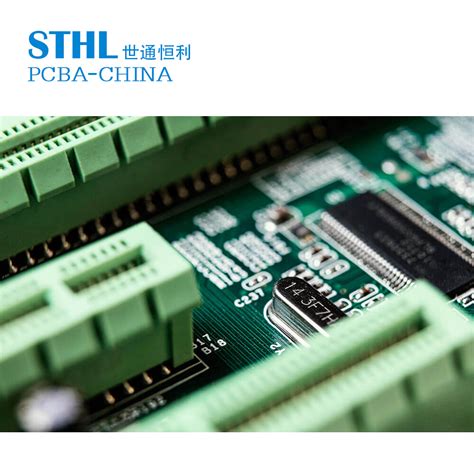The Future of PCB Manufacturing: Aluminum 3D Printing Services
Introduction
Printed Circuit Boards (PCBs) are the backbone of modern electronics, found in everything from smartphones to industrial machinery. Traditional PCB manufacturing involves etching copper layers on a substrate, typically made of fiberglass (FR4) or other materials. However, with the rise of advanced manufacturing techniques, aluminum 3D printing for PCBs is emerging as a game-changing innovation.
This article explores aluminum 3D printing services for PCBs, discussing their benefits, applications, challenges, and future potential. By the end, you’ll understand why this technology is gaining traction and how it could revolutionize electronics manufacturing.
1. What is Aluminum 3D Printing for PCBs?
Aluminum 3D printing refers to additive manufacturing techniques that build PCBs layer by layer using aluminum as a primary material. Unlike traditional subtractive methods (where material is removed), 3D printing adds material precisely where needed, allowing for complex geometries and integrated functionalities.
Key Technologies Used:
- Direct Metal Laser Sintering (DMLS): A laser fuses aluminum powder into solid structures.
- Binder Jetting: A binder is deposited onto aluminum powder, which is later sintered.
- Hybrid Approaches: Combining 3D printing with traditional PCB processes for optimized performance.
Aluminum is chosen for its thermal conductivity, lightweight properties, and durability, making it ideal for high-performance PCBs.

2. Advantages of Aluminum 3D Printed PCBs
A. Superior Thermal Management
- Aluminum has excellent heat dissipation, reducing the need for additional cooling systems.
- Ideal for high-power electronics (e.g., LED lighting, power converters).
B. Lightweight & Durable
- Aluminum PCBs are lighter than traditional FR4 boards, beneficial for aerospace and automotive applications.
- Resistant to vibration and mechanical stress, improving longevity.
C. Design Flexibility
- 3D printing allows for complex, customized shapes that traditional methods cannot achieve.
- Enables embedded components (e.g., sensors, antennas) within the PCB structure.
D. Faster Prototyping & Low-Volume Production
- No need for expensive molds or etching processes—ideal for rapid prototyping.
- Reduces lead time from weeks to days.
E. Eco-Friendly Manufacturing
- Minimal waste compared to subtractive manufacturing.
- Aluminum is recyclable, supporting sustainable electronics production.
3. Applications of Aluminum 3D Printed PCBs
A. Aerospace & Defense
- Lightweight PCBs for drones, satellites, and avionics.
- Enhanced durability for harsh environments.
B. Automotive & Electric Vehicles (EVs)
- Improved thermal management for battery systems and power electronics.
- Custom-shaped PCBs for compact vehicle designs.
C. LED Lighting
- Aluminum’s heat dissipation extends LED lifespan.
- Enables sleek, integrated lighting designs.
D. Medical Devices
- Biocompatible aluminum PCBs for wearable health monitors.
- High-precision circuits for surgical tools.
E. Consumer Electronics
- Thinner, lighter, and more efficient PCBs for smartphones and laptops.
- Customizable designs for IoT devices.
4. Challenges & Limitations
While promising, aluminum 3D printed PCBs face some hurdles:
A. High Initial Costs
- Industrial-grade 3D printers are expensive.
- Material costs (aluminum powder) can be higher than traditional substrates.
B. Surface Finish & Conductivity
- Post-processing (e.g., polishing, plating) may be needed for optimal conductivity.
- Ensuring consistent electrical performance requires precise control.
C. Limited Industry Standards
- Lack of established design guidelines for 3D printed PCBs.
- Certification challenges for mission-critical applications (e.g., medical, aerospace).
D. Size Constraints
- Most 3D printers have limited build volumes, restricting PCB size.

5. The Future of Aluminum 3D Printing for PCBs
Despite challenges, the future looks bright:
A. Multi-Material Printing
- Combining aluminum with conductive polymers for hybrid PCBs.
B. AI-Driven Design Optimization
- Machine learning algorithms to optimize PCB layouts for 3D printing.
C. Mass Customization
- On-demand PCB production for personalized electronics.
D. Integration with Industry 4.0
- Smart factories using 3D printing for just-in-time PCB manufacturing.
Conclusion
Aluminum 3D printing services for PCBs represent a paradigm shift in electronics manufacturing. With benefits like enhanced thermal management, lightweight structures, and rapid prototyping, this technology is set to transform industries from aerospace to consumer electronics.
While cost and standardization remain challenges, advancements in multi-material printing and AI-driven design will likely overcome these barriers. Companies investing in aluminum 3D printed PCBs today will gain a competitive edge in the future of smart, sustainable electronics.
As the technology matures, we may soon see 3D-printed PCBs becoming the standard, replacing traditional methods in many applications. The question is no longer “if” but “when” this revolution will take full effect.







